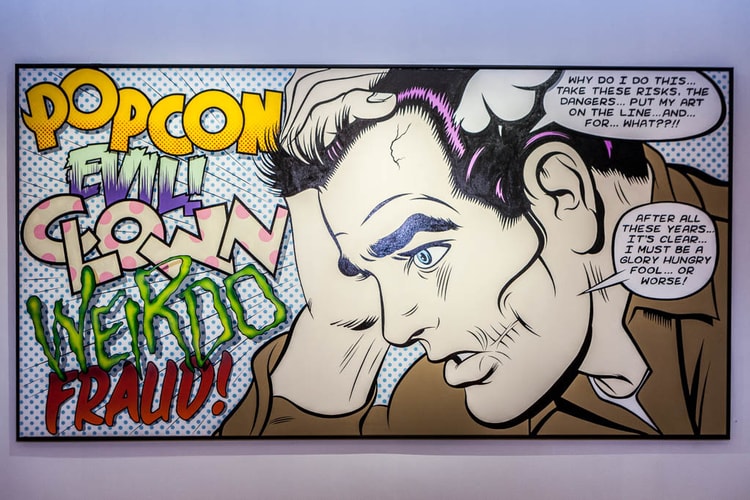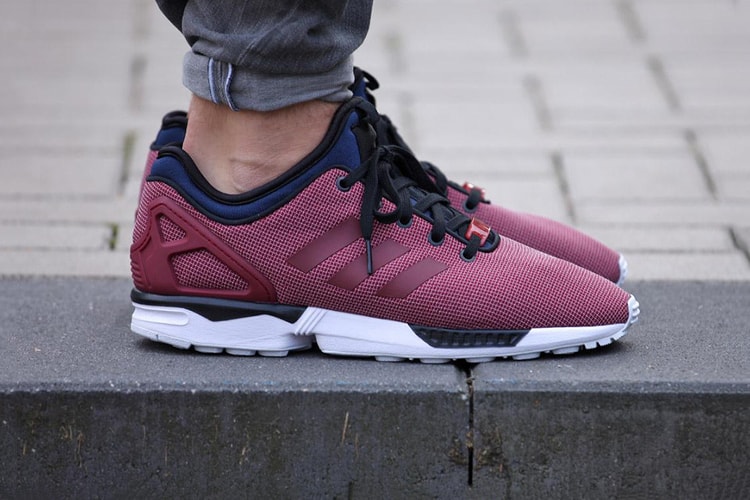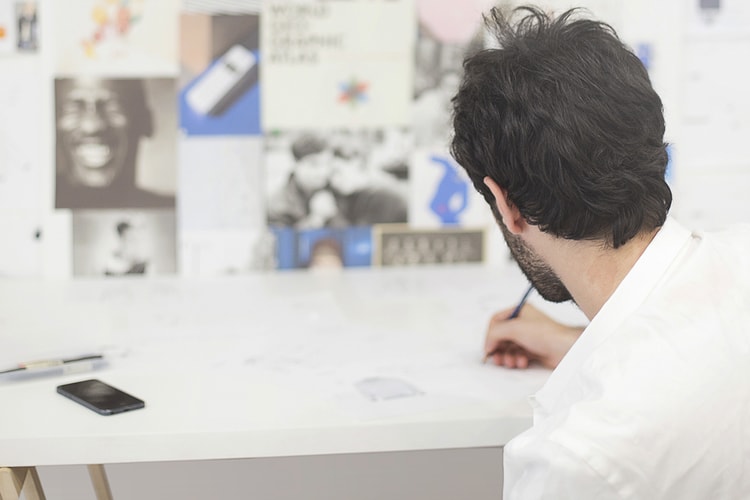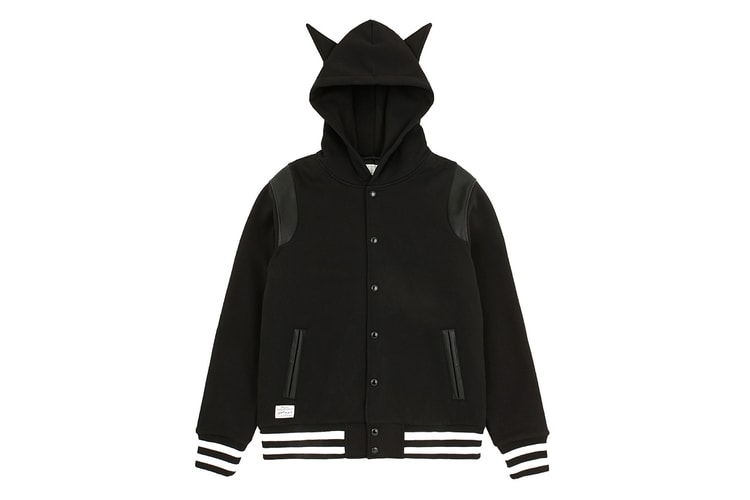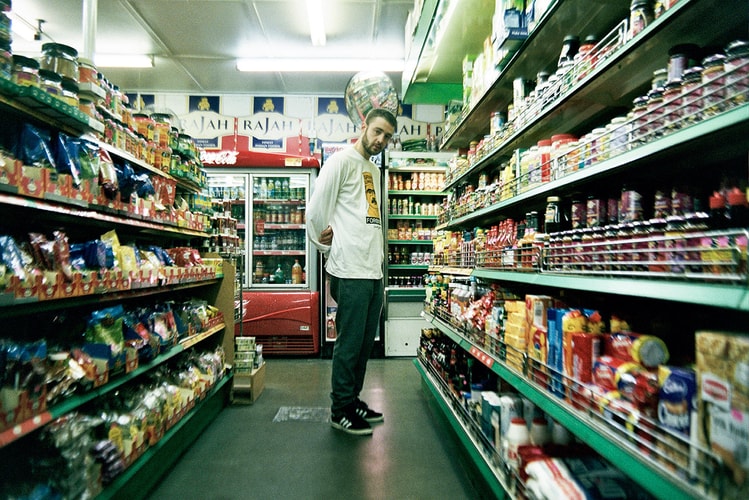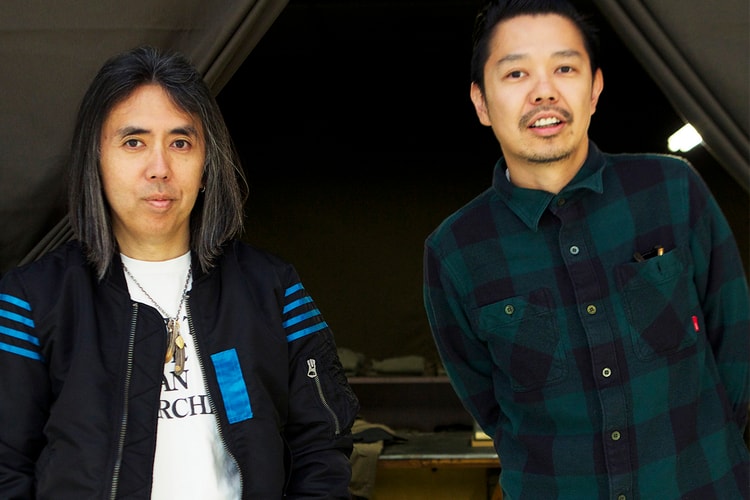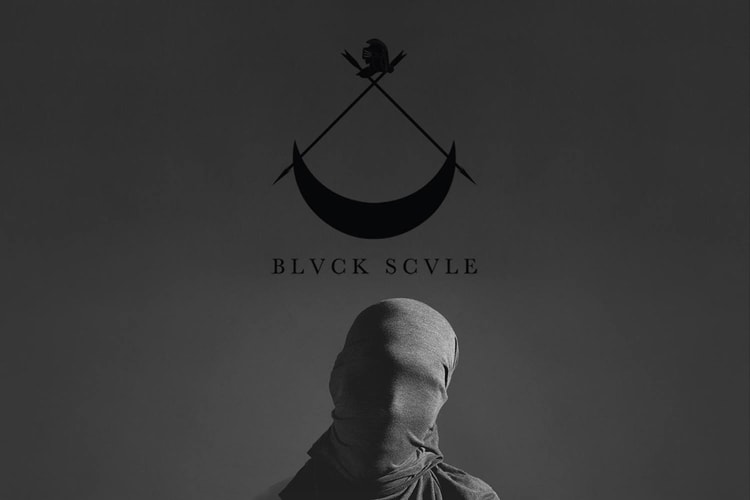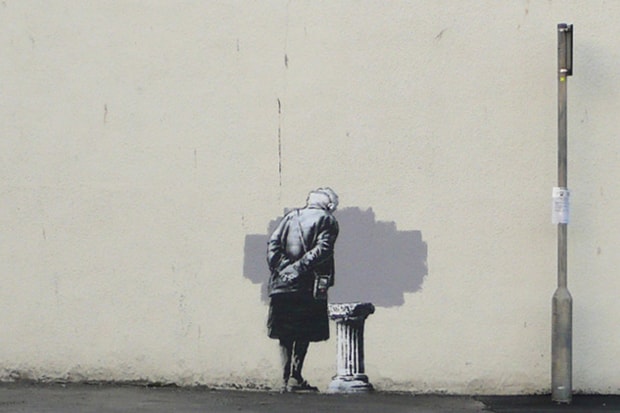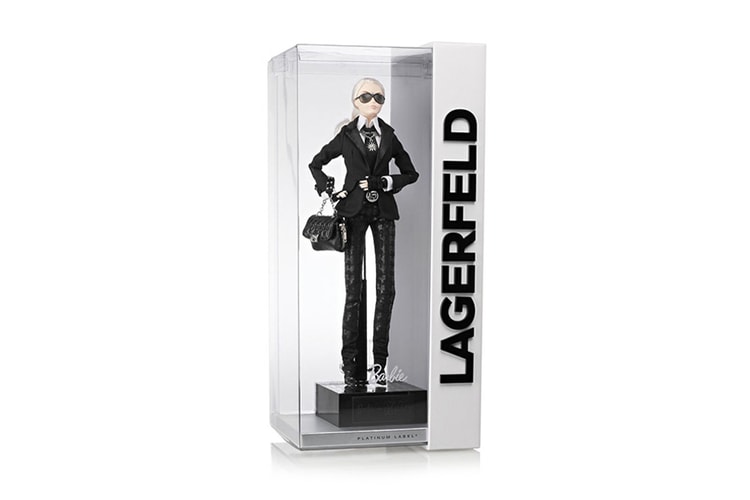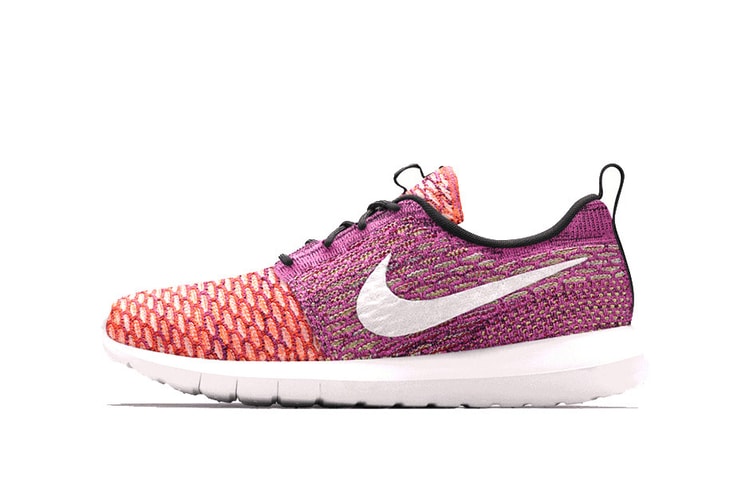《Business of Fashion》专访 Nike CEO Mark Parker - 谈论创新与公司运营模式
在最新一期「CEO Talk」专访栏目中,《Business of Fashion》刊登了在 2014 年巴西世界杯期间对 Nike CEO Mark Parker
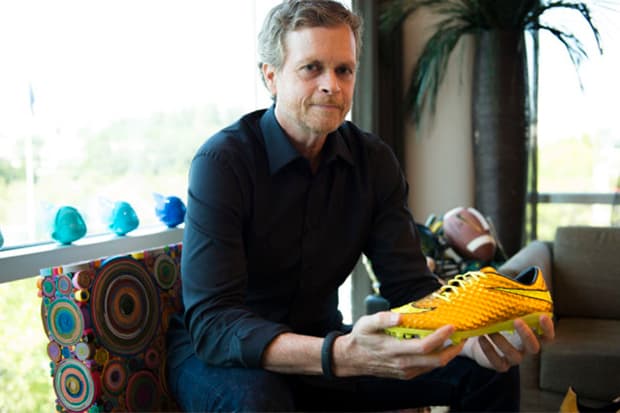
在最新一期「CEO Talk」专访栏目中,《Business of Fashion》刊登了在 2014 年巴西世界杯期间对 Nike CEO Mark Parker 的采访内容。在采访中,这位设计师出身的 CEO 分享了自己在商业与公司运作背后的思维模式,尤其是对于「创新」的理解和实践过程。 Mark Parker 更是运用了著名建筑设计师 Frank Gehry 的一句名言:「源源不断的创造力需要既定时间表与合理预算的双重保障」来阐述 Nike 运营模式下的「创新」。此外,这位既可以与华尔街高层高谈阔论、又可以与街头艺术家游走在大街小巷的 Nike CEO 也针对 Nike 与时尚产业的关联、Nike 在电子运动市场上的竞争等话题向读者们透露了一些行业内幕。整个专访内容现在已可在《Business of Fashion》官网在线阅读,此外,它也被收录在了最新出版的 BoF 「Polymaths & Multitaskers」特刊中。
It’s not all that common to have someone with a design background running a massive global corporation. How has this informed the way you manage Nike as a business?
One of Nike’s co-founders, Bill Bowerman, had a great influence on me. He was a sort of mad scientist: an obsessive, compulsive, eccentric inventor. He would cobble up shoes using whatever he had at his disposal. When I came to Nike, I started as a designer. I was a runner and I would modify my shoes to try to make them better, so the fit with Nike was very natural. I’ve carried that through all the many different roles that I’ve had. I’ve probably spent more time on the creative side here, but I’ve always been one of those creative people who is very comfortable in dealing with the other side: the business side, the operational side. And I saw the power of Nike; the potential of Nike was, ‘How do you get those two worlds to connect?’
Deep in the creative world there’s almost this built-in “us and them” mentality. But I could also see the need to have some discipline around what we’re doing to operate a business, particularly at scale, and to edit and make choices and to exercise discipline. I’m always reminded of the Frank Gehry quote, “The greatest source of creativity is a timeline and a budget.” I think there’s some truth to that.
How did this thinking influence the way you shaped the organisation when you became CEO in 2006?
For me, it was always about trying to strengthen the things that made Nike successful and then change the things I thought we would need to change to be a modern, relevant, compelling brand — and a successful business. One of the biggest challenges we have is to make choices. There’s so much opportunity everywhere you turn, so you have to make choices and then you go hard at the things that you decide are really important. Coming into the CEO role, that became even more clear: the need to make choices. Not just choices about what we do or what we don’t do, but what we do and how we accelerate that, how we catalyse creativity around an opportunity.
One of the things I’ve been pushing is the collaborations, the connections with outside people to accelerate the incredible talent we have internally. We have amazing talent within this company, but I think our potential is based on how well we manage that talent and then invite new ideas and creativity and points of view into what we do. I love that.
Can you give me an example?
Oh there are so many. We do it in terms of product, processes, materials, manufacturing, digital… the athletes of course, they’ve always been our main muse and our focus in terms of collaboration. But one that I really like a lot, and maybe it’s dated now, but I still like it a lot, is our work with Marc Newson on the Zvezdochka shoe [named after a Russian dog sent into space in 1961]. We both had a mutual fascination with the space program.
This seemed to be something that the astronauts in the space station might actually use. The whole process of working with Marc was actually really enjoyable. I think the potential of our company is based on the ability to connect and collaborate with smart people in really specific areas.



